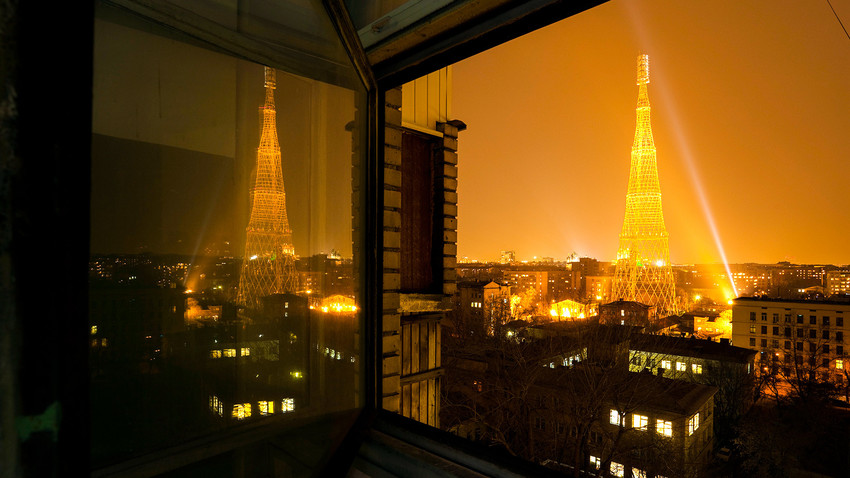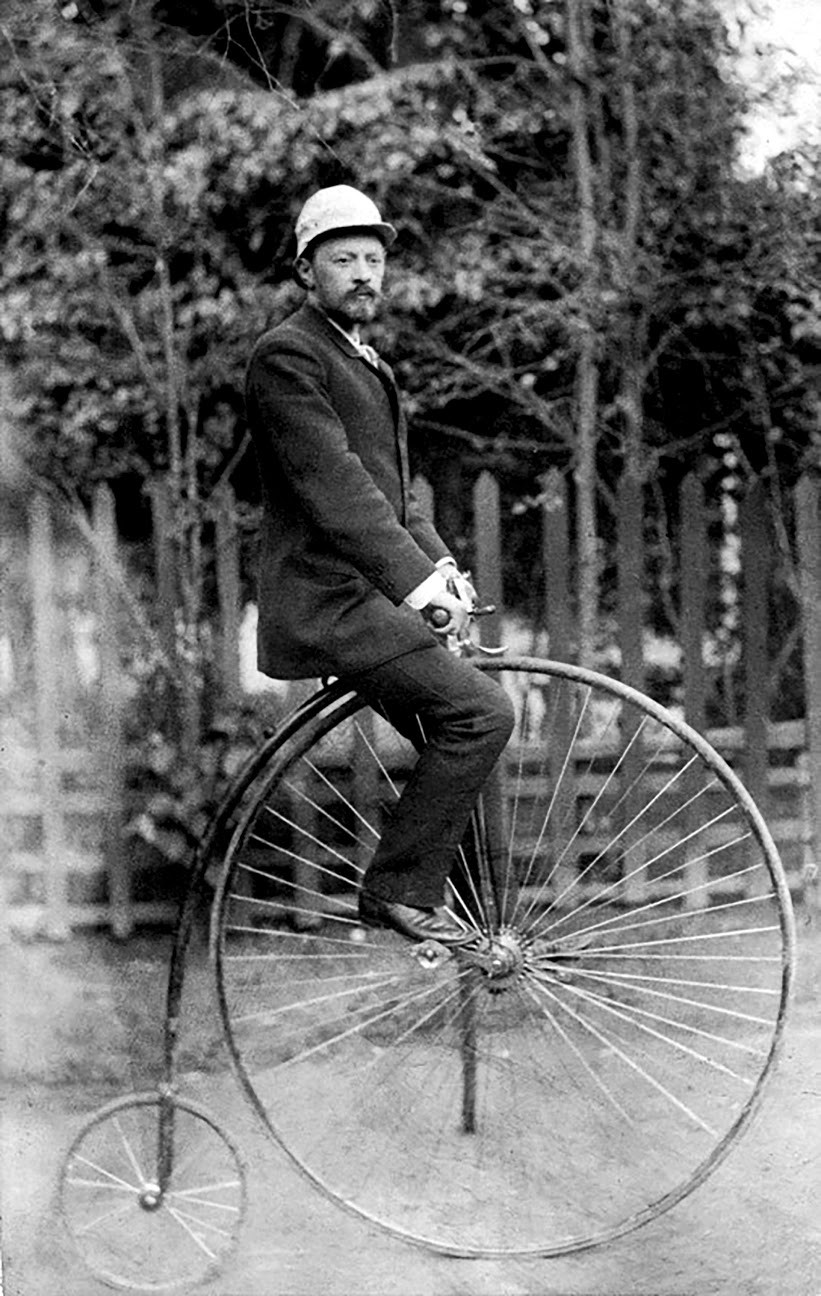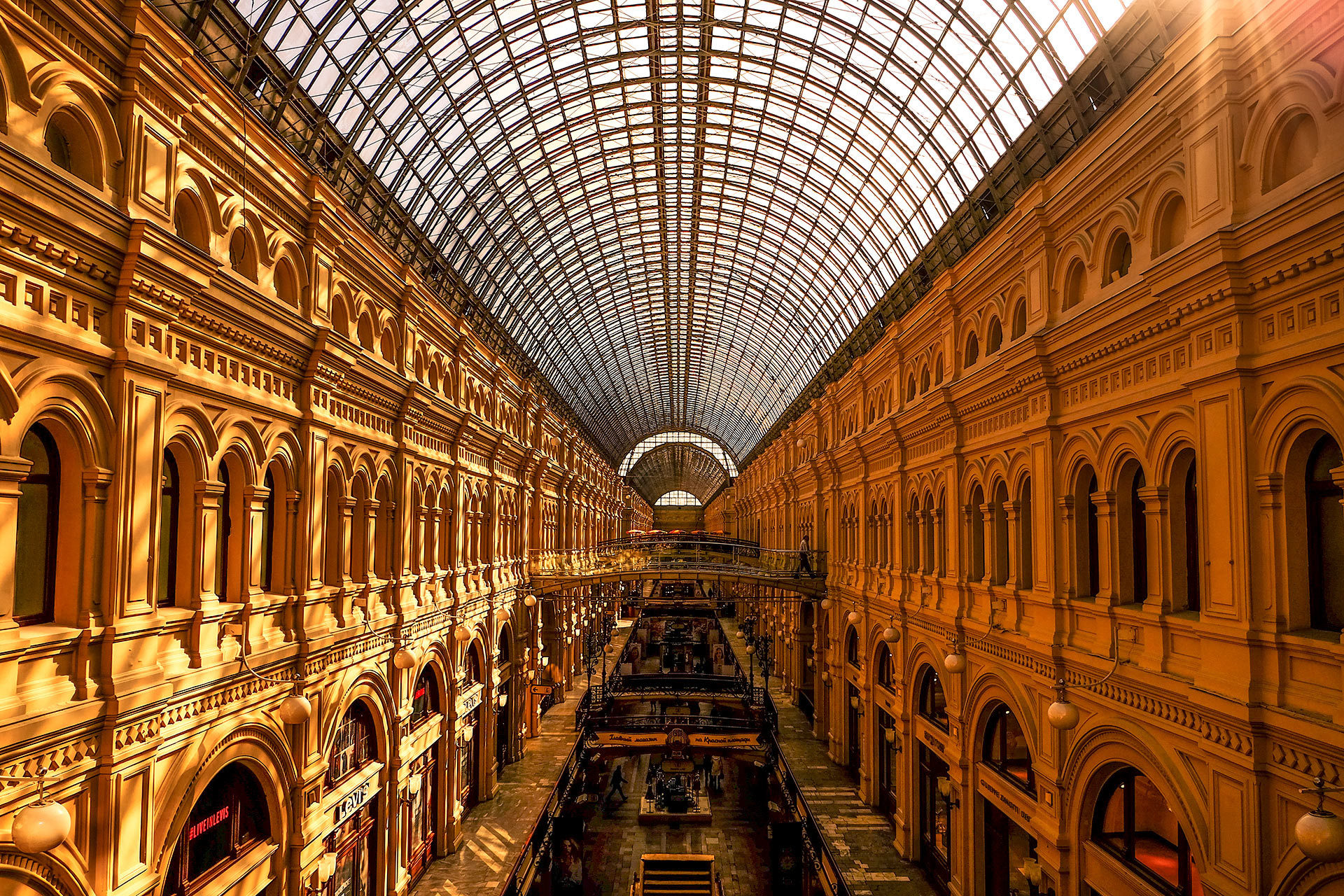
When you visit Russia, find time for Vladimir Shukhov’s creations. They will leave you breathless. It’s difficult to believe that most, such as the first hyperbolic towers, were completed almost 100 years ago, which was long before famous starchitects such as Norman Foster appeared.
This Russian architect designed the first hyperboloid lattice towers in the world. The Shukhov Tower in Moscow is one of the most outstanding achievements in engineering. The exhibition, L’art de l'ingénieur (The Art of Engineering) at Centre Pompidou in Paris, used the image of the Shukhov Tower as a logo. And a gold-plated, six-meter-tall mock-up of the Shukhov Tower was installed at the exhibition, "The Best Designs and Buildings of 20th Century Architecture,” in Munich in 2003.
In many ways, he defined new trends in world architecture, and his ideas have been used in the designs of renowned architects such as Antonio Gaudi, Santiago Calatrava, and Oscar Niemeyer. Today, the construction of unique tensile and lattice shell structures is developed by the architecture schools of Frei Otto and Norman Foster. The principles of Shukhov's architecture were also used to build one of the world’s tallest TV towers in Guangzhou, China (610 meters).

Vladimir Shukhov
Archive PhotoHe made transporting oil and gas possible, and designed Russia’s first oil pipeline, as well as its first seaworthy oil tanker. In the 1920s, Rockfeller’s Standard Oil claimed the exclusive right to the invention of petroleum-cracking, but it turned out to be a version of Shukov’s method. As a result, American companies bought the patent from the Soviet state. In the early 20th century, the U.S. Navy acquired Shukhov’s patents to build lattice masts on its battle ships.
After graduating from the Imperial Moscow Technical School, Shukhov did a yearlong apprenticeship to learn about the latest technical achievements. He visited the World’s Fair in Philadelphia, engineering plants in Pittsburgh, and studied how American rail transport was organized. Thanks to Shukhov, more than 400 railway bridges were built in Russia.

The roof of GUM, Russia's most beautiful shopping center
Getty ImagesPreviously, number 5 in this list stated that Vladimir Shukhov designed the GUM's roof which is not true... In this article, we explain why.
If using any of Russia Beyond's content, partly or in full, always provide an active hyperlink to the original material.
Subscribe
to our newsletter!
Get the week's best stories straight to your inbox